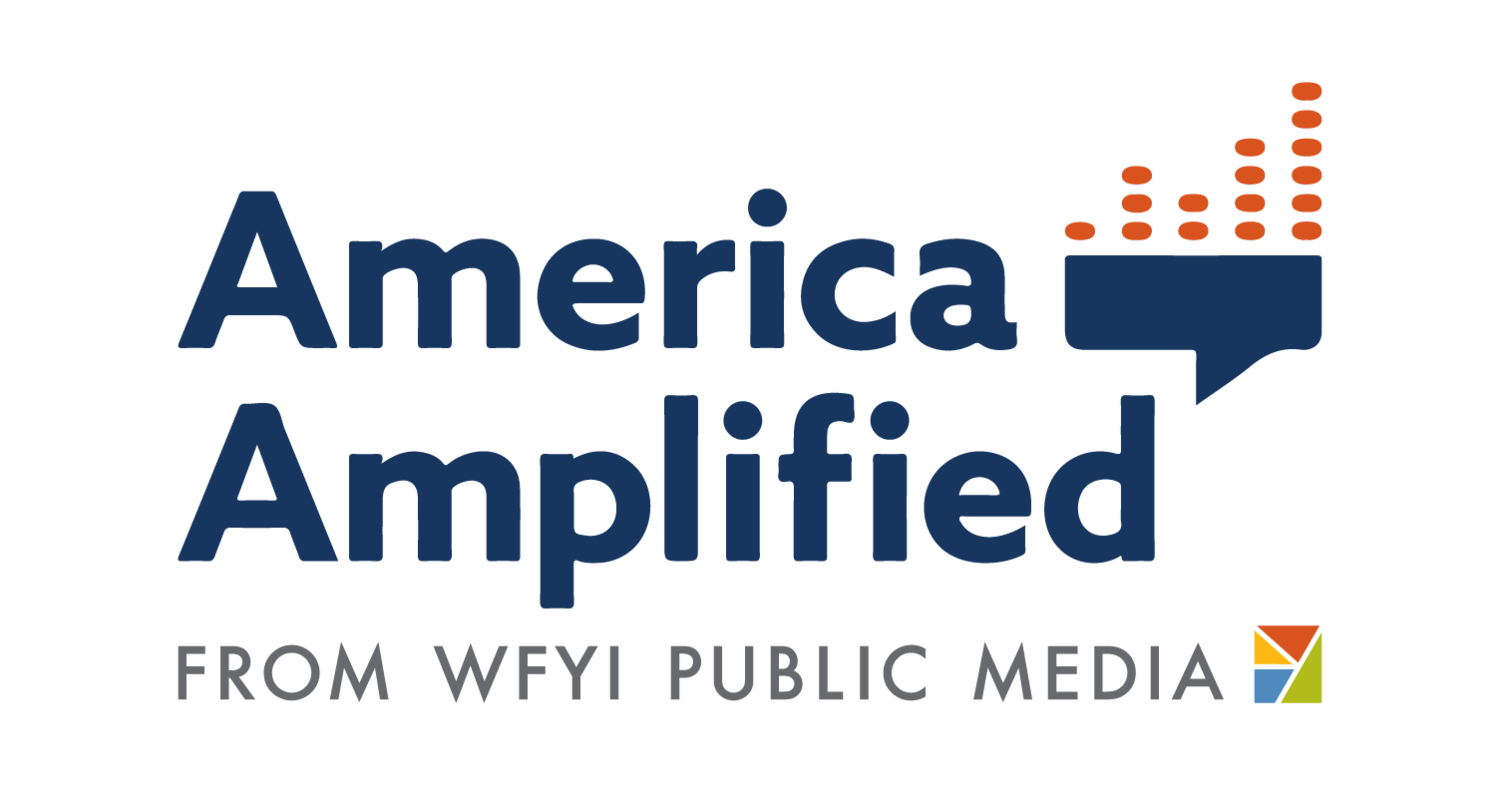A Pulitzer for community-engaged investigative work!
How two small, nonprofit newsrooms put community at the center of their investigative process
Credit: Sebastian Hilgado
A lot of very smart people are re-thinking what journalism looks like and who it serves. What if journalism was aimed at helping people connect? What if journalism was considered an act of service, as a community healer? These are radical ideas, not yet fully embraced by much of the mainstream and legacy media. But this year’s Pulitzer Prize for Local Reporting may be part of changing that resistance to change.
This year's local reporting Pulitzer went to a collaboration between non–profit news outlets City Bureau and the Invisible Institute, both based in Chicago. Community engagement was at the heart of the project that won the prize — a multi-part series called Missing in Chicago that investigated police misconduct regarding missing Black women and girls.
City Bureau is well known in the engagement journalism world as a groundbreaking civic journalism organization that empowers and trains ordinary citizens to work as reporters. Their mission is to “reimagine local media,” producing information that addresses community needs. Their Documenters Network of “grassroots, participatory media” has trained and paid more than 3,000 people nationwide to attend and take notes on government meetings.
The Invisible Institute won two Pulitzers this year — the second one for a podcast they co-produced about a 1997 hate crime on Chicago’s south side. The Institute was founded in 2015 after a lawsuit resulted in a slew of police misconduct files being released to the public. Poynter reported that their collaborative work with community organizations in Chicago is a critical part of their mission. “Our work, I think, is defined by … using our deep community relationships to consistently report on criminal justice, broadly, but with a focus on Chicago and with a focus on policing,” said Andrew Fan, the Invisible Institute’s executive director.
America Amplified reached out to the two reporters who produced Missing in Chicago to learn more about their project and the role that community engagement played in the investigation. This conversation with trina reynolds-tyler, the data director at the Invisible Institute, and Sarah Conway, senior reporter and special projects manager, at City Bureau, has been edited for clarity.
How did this specific story come about?
trina: I'm from Chicago. I'm from the South Side. In 2020, I started Beneath the Surface, which uses machine learning to parse through police misconduct records, and within those police misconduct records were at least 54 allegations related to missing persons. And many of them were complaints filed by Black women about their missing children and the disrespect that they experienced [from the police], but also premature closure of cases.
I wanted to dig into this and reached out to Sarah [at City Bureau] to collaborate. Later, I learned that Sarah actually had a missing loved one in her life. When she was a young person, her aunt had gone missing. And so we're both impacted by the issue.
Sarah: I knew that I wanted to work on [this project] because I had never seen journalism that deeply looked at the impact of missing person cases on families in a way that I felt reflected what my own family had experienced when my aunt went missing. When you have lived experience, you are connected to something, and that lends to journalistic care.
How did you approach this differently than a more traditional journalism outlet?
trina: The reason why I created Beneath the Surface was because I hadn’t seen data science and narrative being put together in a meaningful way before. I have seen people analyze some data and find a person who represents whatever data point that they have at the time. But, especially in the realm of missing and murdered women and girls in a large city where people are talking about crime and violence, in a city where the majority of survivors of crime look like me, there was a disconnect. There's a difference between the news you see in the paper and the news that you hear on the street. And so I always felt there was a story to tell.
For me, whatever journalism, whatever pieces I'm doing, whatever writing I'm doing, it must be connected to full pictures and deeper discussions, hard conversations, and not the sensationalized way that we often talk about crime and violence. And I say that as a survivor of crime and violence.
Sarah: trina is someone that is very invested in her city and her communities. Both of us came to reporting and working as journalists through organizations that are invested in community being at the heart of their reporting.
trina and I both approached this story with a lot of empathy because we knew from lived experience that there are a lot of things attached to and associated with missingness. We went into this project with a shared understanding that community is not an accessory. The way that you treat people, how you meet with people, talk to them, try to understand their stories, verify and search for data, trends, and things hidden in public records and data are all about community.
What drove your partnership?
Sarah: I'm so grateful that trina and I were able to carve out and fight for a project and do work that is rooted in a lot of mutual respect for each other and respect for the people at the heart of the story. And that's because trina and I, both in our own ways in our lives, are not traditional journalists, but we are people that have built journalism careers in our own ways.
Journalists trina reynolds-tyler, left, and Sarah Conway, right, won a Pulitzer Prize for their community engagement fueled partnership. Credit: Cai Thomas
What role did community engagement play in your investigation?
trina: When I first started [the data analysis] I actually did focus groups with people who are impacted by gender based violence.
Then I recruited volunteers from the community to generate training data for the machine-learning model. [Volunteers read through thousands of police misconduct files and manually labeled the files to help the machine-learning model categorize and sort] The initial iteration of volunteers were all women. One group was women under the age of 35, and then one group was women over the age of 50. They met every week and they read these complaints and they labeled training data. Then, they had a facilitated discussion afterward about what they read and how it made them feel what came up for them.
I felt it was really important to have those people — community members and people impacted — because then they would have an opportunity to tell me what we should investigate further.
This community does not trust the media. They don't trust the media because they will come swoop in and just try to pick what they want about somebody’s story and leave out parts that genuinely matter. After all, it doesn't fit their idea. We had to build and gain their trust. When journalists don't do this community engagement work, they actually miss out on the real story, you know?
[In addition to the focus groups and the volunteers who helped analyze the data, the project hosted five major community events and a series of virtual and in-person reading groups to dive deep into the investigation and discuss. The investigation included a list of resources for families of missing people, including “If Your Loved One Goes Missing” and “Know Your Rights” documents.]
Sarah: Community engagement was present throughout the reporting process, at the publication point, and then post-publication.
We went into this project with a shared understanding that community is not an accessory. The way you treat people, the way you meet with them, talk to them and actually try to understand their stories, verify them, and search for data and trends and things that are hidden in public records and data—all of it is about them.
Then, we also engaged with community members impacted by this issue, and we did that by ensuring we had a presence. We knew that, as two journalists who are invested in impacted people being at the heart of the narrative and guiding the narrative, we had to go and talk to as many families as possible. We really strove to have good relationships with the families. I say relationships because we didn't just “one and done” people. We stayed in contact with them over the years.
We consistently showed up at community events around this issue and made an effort to talk to people at the community level in Chicago thoroughly,
We didn't want just to publish an investigation. We wanted to ensure that we also looked at solutions and provided resources and information to people as well as a “know your rights” guide. We knew that we wanted to also provide people with information and resources that they could use to navigate this crisis in Chicago. The only way that we could really [offer] solutions was by talking to policymakers and folks who research this, as well as people who are community members and individuals who are impacted by this. Because they've lived it and they know the best solutions.
What would you say to other journalists considering a community-informed investigation like this one?
Sarah: Working with community moves at the speed of trust. You can't fool community. You know, there are many shiny things in the news world, but nothing beats consistently showing up over time and being invested in covering something. From my perspective as a journalist, when you do that, you will be successful — actually having a relationship with community members and investing in doing something at the speed that it takes to do it well.
Second, see impacted people and impacted communities as an audience [for your journalism]. Because reaching [those communities] can be challenging, they're not seen as [an audience], but they are one. They are often the most invested audience in your story. Focusing on them and framing stories around them leads to the best reporting and stories, because that truly informs the public about an issue.
The third thing is that newsrooms, in general, need to invest in and cultivate reporters. Investing in your staff, particularly staff who have shared lived experiences on an issue can produce a lot of really generative, beautiful journalism.
trina: Before embarking on a story, take an inventory of the experiences and perspectives of everyone who is on the project and understand their connection to it, their assumptions about it, or their perspective and closeness to it.
Two, coming off of that, identify all the stakeholders, even if you're not going to include their interviews in your story. This will help you to develop a larger picture or a fuller image of what's really happening. But then also, folks must prepare for contradictions, right? Considering how you will think through and address [things you don’t expect], and how you will include those contradictions into your thinking on the issue matters.
[Finally], newsrooms need to keep their eyes peeled when they encounter folks who can be incredible journalists, and they need to find ways to move people along in that process [of becoming journalists]. When we are not diverse in our understanding of what is valuable in a newsroom, we lose the opportunity and the breadth or the space for seeing people in a full light.



